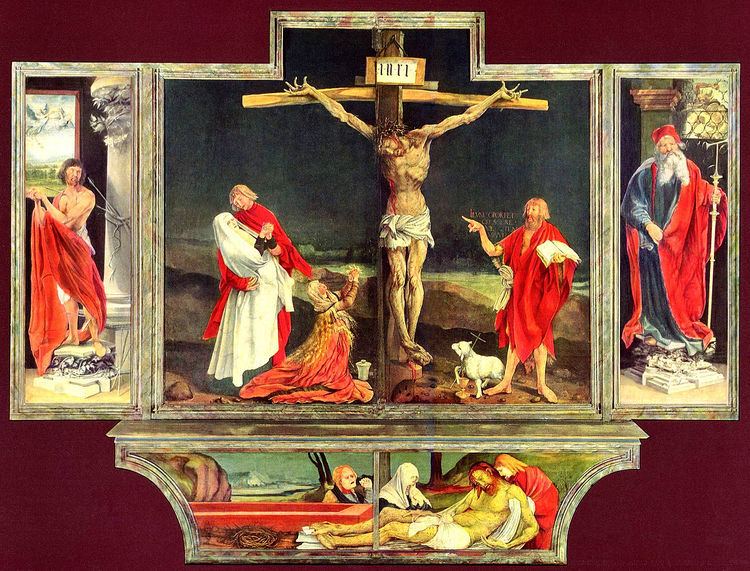 | ||
Theological aesthetics by ben quash
Theological aesthetics is the interdisciplinary study of theology and aesthetics, and has been defined as being "concerned with questions about God and issues in theology in the light of and perceived through sense knowledge (sensation, feeling, imagination), through beauty, and the arts". This field of study is broad and includes not only a theology of beauty, but also the dialogue between theology and the arts, such as dance, drama, film, literature, music, poetry, and the visual arts.
Contents
- Theological aesthetics by ben quash
- Intro to theological aesthetics 1
- The early church
- The medieval church
- The Reformation
- The 17th 19th centuries
- The 20th century
- Graduate studies
- Postgraduate studies
- References
Notable theologians and philosophers that have dealt with this subject include Augustine of Hippo, Thomas Aquinas, Martin Luther, Jonathan Edwards, Søren Kierkegaard, Karl Barth, and Hans Urs von Balthasar, among others.
Theological aesthetics has recently seen rapid growth as a subject for discussions, publications, and advanced academic studies.
Intro to theological aesthetics 1
The early church
Theological writings during the period of the early Christian church which deal with aesthetics span from circa 160 to c. 650 and include writings by Justin Martyr, Irenaeus, Origen, Augustine of Hippo, Pseudo-Dionysius, and Maximus the Confessor, among others. Prevalent themes during this period included "the vision of God or of God's glory, the image of God in Christ and in us, and the concern with idol worship".
The medieval church
During the Middle Ages, Western theologians such as Anselm of Canterbury, John Scotus Eriugena, Bonaventure, Thomas Aquinas, Nicholas of Cusa, and Bernard of Clairvaux touched upon themes such as "the idea of beauty, the vision of God, the image of Christ, the iconodule-iconoclast conflict, and the strong presence of personally grounded and poetic doxologies".
The Reformation
Concerning aesthetics, the theologians of the 16th century Protestant Reformation (Martin Luther, Jean Calvin, and Huldrych Zwingli) dealt primarily with "the theology of the image, in particular, idolatry and iconoclasm".
The 17th - 19th centuries
Theological aesthetics increased in diversity during this period, with activity such as "the composition of hymns in Protestant circles, Edwards' writing on beauty, the Romantic artists and intellectuals with their panentheist sensibilities, Schleiermacher's idea of religion as feeling and intuition, the decline of religious art, and the ground-breaking philosophical contributions of thinkers such as Burke, Baumgarten, Kant and Hegel."
The 20th century
Some major themes which emerged and developed in the 20th century included the question of "how art can function as a source of and in theology" (Tillich, Rahner, Dillenberger), the question of "the art work as a shaper of meaning in today's culture" (Burch Brown, Cox, Küng), "the essential role of imagination in theology" (Lynch, McIntyre, Green), and the beauty of God (van der Leeuw, Barth, von Balthasar). Rookmaaker helpfully sought to provide a reformed Christian critique of art and aesthetics in the cultural and political upheavals of the 1960s in his book 'Modern Art and the Death of a Culture'.
